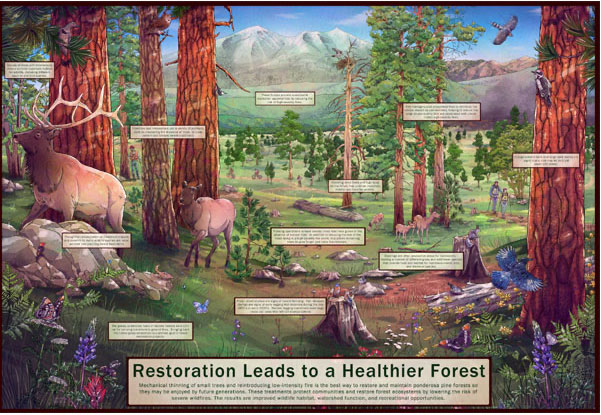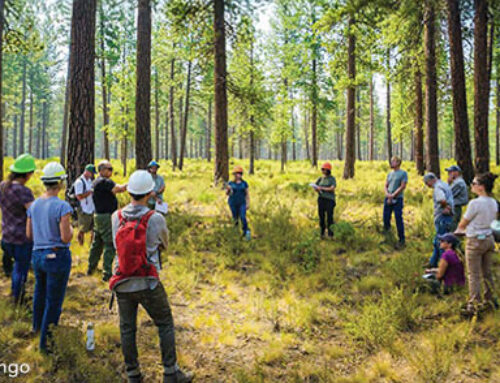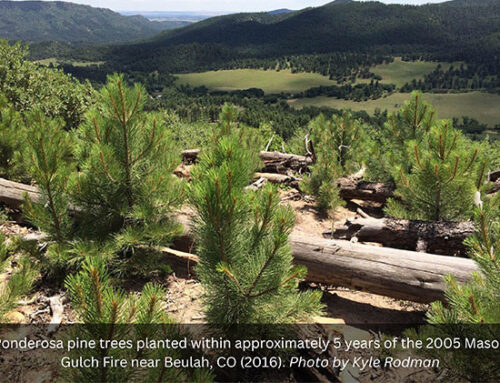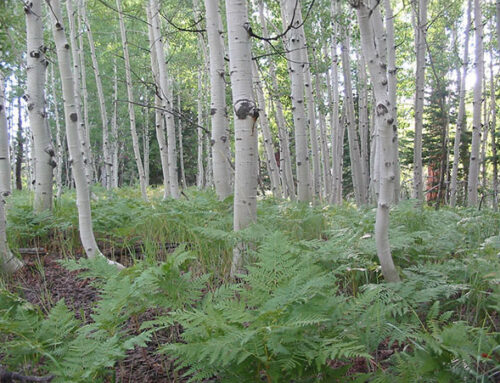Estimating the Return on Investment from Restoration and Fuel Treatments in US Western Frequent-Fire Forests
Forest restoration and fuel treatments, including thinning and prescribed burning, have become the primary approaches for reducing the abundance of overly dense stands and reestablishing natural fire regimes. Although there is a strong body of biophysical science supporting these approaches, little is known about their cost effectiveness. To evaluate forest restoration and fuel treatment benefits and costs, a team of researchers at the ERI and the Conservation Economics Institute conducted a meta-analysis of benefit-cost ratios for restoration benefit types documented in the literature for western US dry mixed-conifer forests at risk of uncharacteristic wildfires.
The analysis is the first quantitative synthesis of the return on investments in forest restoration for the American West. A total of 120 observations were collated from 16 studies conducted over the last two decades. While researchers identified 17 different types of individual restoration benefits in the literature, including enhanced initial ecosystem services and avoided wildfire costs (AWC), many more benefits exist that have yet to be quantified.
Some key findings and recommendations:
- For every dollar invested in forest restoration in high risk, high-value forested watersheds where all quantified benefits are present, over seven dollars of benefit may be returned to investors.
- Applying a financial type of return-on-investment to forest restoration, where only returns in excess (or below) of the initial investment are calculated, indicates the potential for a 600% return on investments in the most valuable at-risk forested watersheds.
- Many other unique restoration benefits exist that have not been economically quantified and were not included in the meta-analysis, which indicates that the total returns on investments in forest restoration are likely greater than presented in this study.
- This approach may also be used to develop an economic measure for the value of a restored acre, which includes improved ecological conditions and wildfire resilience.




